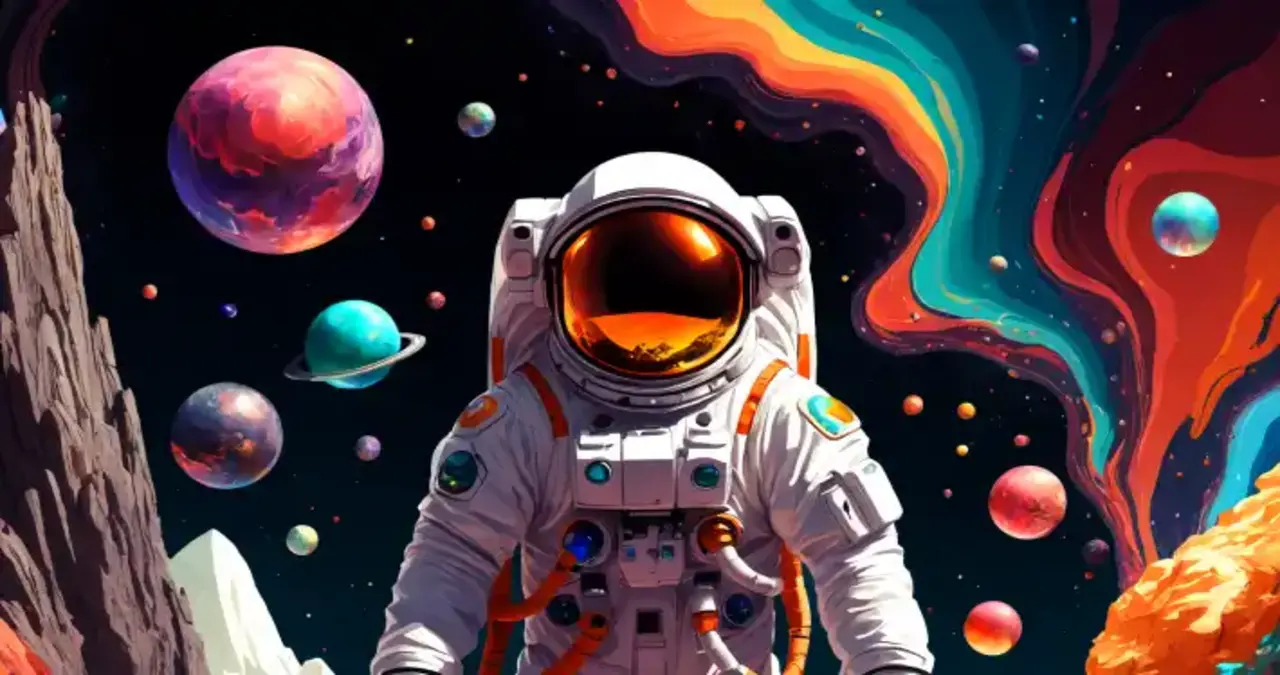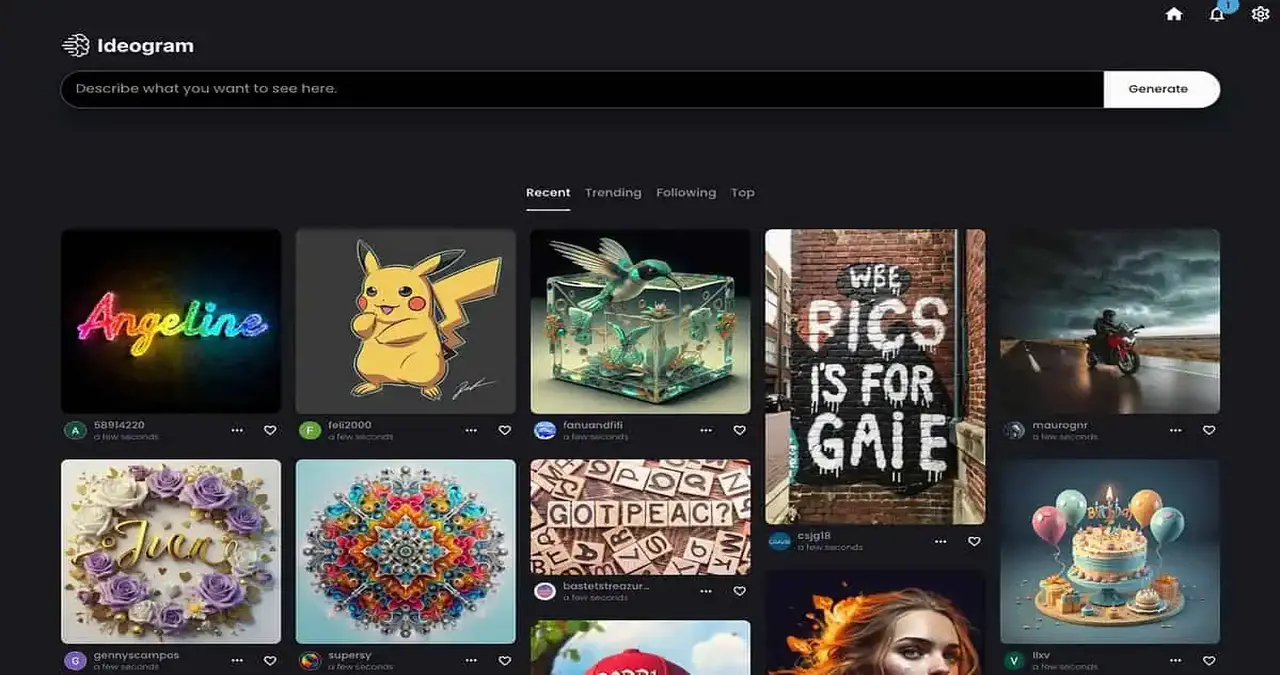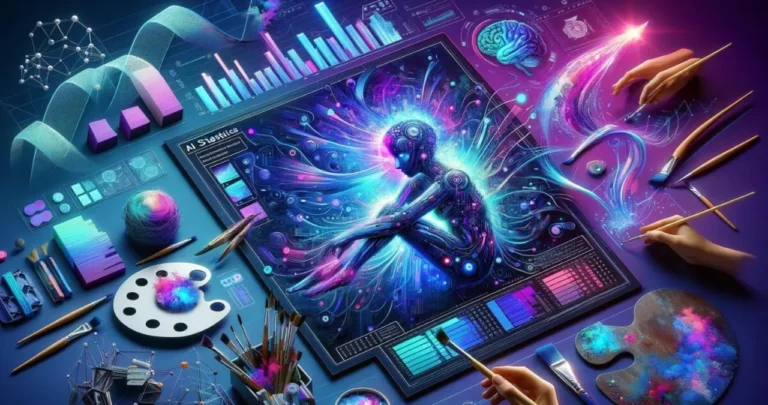In the rapidly evolving field of artificial intelligence (AI), image generation has emerged as a groundbreaking technology with applications from art creation to data augmentation. One of the most intriguing developments in this domain is the AI image to image generator, which transforms input images into new, contextually altered outputs. This article delves into the intricacies of creating your AI image to image generator, providing a step-by-step guide to understanding, building, and optimizing this innovative technology.
Understanding AI Image to Image Generation
AI image to image generation involves using neural networks to convert one image into another, altering specific attributes while preserving essential content. This process is widely used in various applications, including:
- Style Transfer: Applying the artistic style of one image to another.
- Image Restoration: Enhancing or reconstructing degraded images.
- Semantic Segmentation: Converting labeled images into realistic scenes.
The foundation of these applications lies in advanced machine-learning models capable of learning complex patterns and transformations.
Key Components of an Creating Your AI Image to Image Generator

Creating an effective AI image to image generator requires a deep understanding of several core components:
1. Neural Networks
Neural networks, particularly Convolutional Neural Networks (CNNs), are the backbone of image-processing tasks. They consist of layers that detect features such as edges, textures, and colours, enabling the transformation of input images into desired outputs.
2. Generative Adversarial Networks (GANs)
GANs are a class of AI models comprising two networks: a generator and a discriminator. The generator creates new images while the discriminator evaluates their authenticity. Through iterative training, GANs produce highly realistic images, making them ideal for image to image translation tasks.
3. Training Data
High-quality, diverse datasets are crucial for training AI models. The dataset should include paired images representing the input and desired output to teach the model the specific transformation.
Steps to Create Your AI Image to Image Generator
Embarking on the journey to creating your AI image to image generator involves several methodical steps:
1. Define the Objective
Clearly articulate the purpose of your generator. Are you aiming to develop a tool for artistic style transfer, image restoration, or another application? Defining the objective guides the selection of appropriate models and datasets.
2. Collect and Prepare Data
Gather a substantial dataset of image pairs that exemplify the transformation you intend to achieve. Data preparation includes:
- Data Cleaning: Removing duplicates and irrelevant images.
- Normalization: Scaling pixel values to a standard range.
- Augmentation: Applying transformations like rotation and flipping to increase dataset diversity.
3. Choose the Model Architecture
Select a model architecture that aligns with your objective. Architectures such as Pix2Pix (for paired datasets) or Cycle GAN (for unpaired datasets) are practical choices for many image to image tasks.
4. Develop the Model
Utilize deep learning frameworks like Tensor Flow or Py Torch to build your model. This involves:
- Defining the Network Layers: Constructing the generator and discriminator networks with appropriate layers.
- Setting Hyperparameters: Configuring parameters like learning rate, batch size, and number of epochs.
5. Train the Model
Training involves feeding the prepared dataset into the model and allowing it to learn the desired transformations. Key considerations during training include:
- Loss Function: Choosing an appropriate loss function to measure the difference between generated and target images.
- Optimization Algorithm: Selecting an optimizer like Adam to minimize the loss function.
- Monitoring Performance: Evaluating the model’s performance on validation data to prevent overfitting.
6. Evaluate and Fine-Tune
After training, assess the model’s performance using metrics like Mean Squared Error (MSE) or Structural Similarity Index (SSIM). Based on the evaluation, fine-tune the model by adjusting hyperparameters or incorporating additional data.
7. Deploy the Model
Once the model’s performance is satisfied, it will be deployed in a production environment. This may involve:
- Integrating with Applications: Embedding the model into software applications or web services.
- Optimizing for Inference: Enhancing the model’s efficiency for real-time image processing.
Best Practices for Developing AI Image to Image Generators
To ensure the success and effectiveness of creating your AI image to image generator, consider the following best practices:
1. Maintain Data Quality
Your model’s performance heavily depends on the quality of the training data. Ensure that your dataset is representative of the transformations you aim to achieve and is free from biases.
2. Implement Regularization Techniques
Regularization methods, such as dropout or weight decay, help prevent overfitting by discouraging the model from learning noise in the data.
3. Utilize Transfer Learning
Leveraging pre-trained models can accelerate development and improve performance, especially when working with limited data.
4. Monitor Ethical Implications
Be mindful of the ethical considerations associated with image generation, including privacy, consent, and potential misuse of the technology.
Applications of AI Image to Image Generators

AI image-to-image generators have a wide array of applications across different industries:
- Art and Design: Artists use these tools to experiment with styles and create novel artworks.
- Healthcare: Enhancing medical images for better diagnosis and treatment planning.
- Entertainment: Generating realistic visual effects and animations in movies and video games.
- Automotive: Assisting in the design and visualization of vehicles.
Challenges and Future Directions
While AI image to image generation offers immense potential, it also presents challenges:
- Computational Resources: Training deep learning models requires significant computational power.
- Data Privacy: Ensuring that training data does not infringe on individual privacy rights.
- Generalization: Developing models that perform well across diverse and unseen data.
Future research is focused on creating more efficient models, reducing the need for extensive datasets, and addressing ethical concerns to make AI image-to-image generation more accessible and responsible.
Conclusion
Creating your AI image to image generator is a multifaceted endeavour combining a deep understanding of machine learning principles and practical implementation skills. By following the outlined steps and adhering to best practices, you can develop a powerful tool capable of transforming images in innovative ways. As AI advances, the possibilities for creating your ai image to image generator are boundless, promising exciting developments across various sectors.

